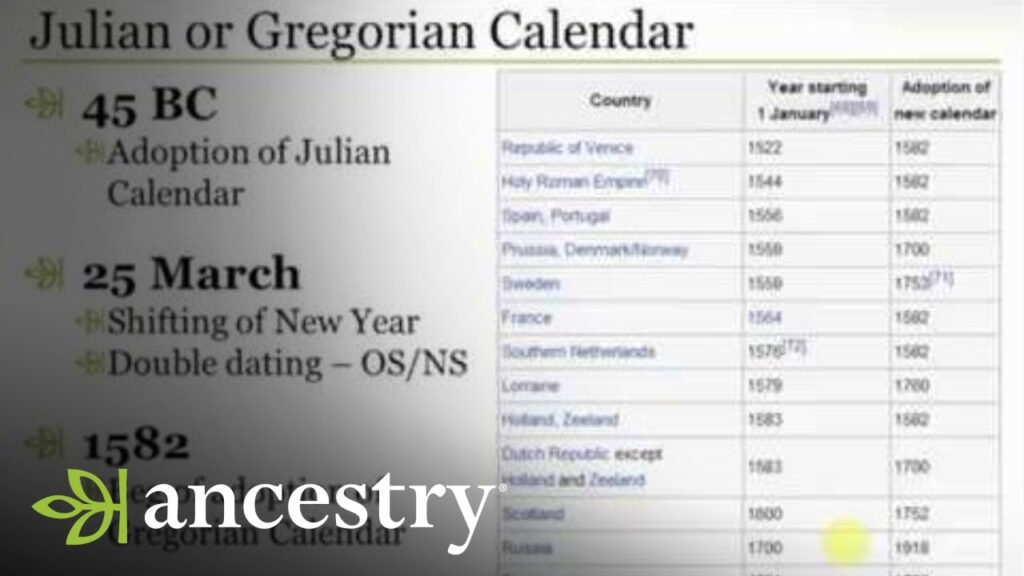The Julian calendar was introduced by Julius Caesar in 45 BC and was used until the Gregorian calendar was adopted in 1582. It was based on a 365-day year with a leap year every four years. However, this system resulted in a slight discrepancy with the solar year, leading to a shift in the equinoxes over time.
Despite its inaccuracies, the Julian calendar continued to be used in some parts of the world well into the 20th century, particularly in Eastern Europe and the Orthodox Church.
Julian Calendar Compared To Gregorian
Introduction of the Gregorian Calendar
The Gregorian calendar was introduced by Pope Gregory XIII in 1582 to address the inaccuracies of the Julian calendar. It made adjustments to the leap year rule, skipping leap years in centurial years not divisible by 400. This correction brought the calendar closer to the solar year, reducing the discrepancy to just a few seconds per year.
The adoption of the Gregorian calendar was not immediate, and it took several centuries for it to be universally accepted. Countries gradually made the switch, with Great Britain and its colonies adopting it in 1752.
Key Differences Between the Two Calendars
One of the main differences between the Julian and Gregorian calendars is the leap year rule. While the Julian calendar adds a leap day every four years, the Gregorian calendar skips leap years in centurial years not divisible by 400. This adjustment helps align the calendar with the solar year more accurately.
Another difference is the date of New Year’s Day. In the Julian calendar, New Year’s Day falls on January 1st, while in the Gregorian calendar, it falls on January 1st as well. However, due to the shift in the equinoxes, the Julian calendar is now 13 days behind the Gregorian calendar.
